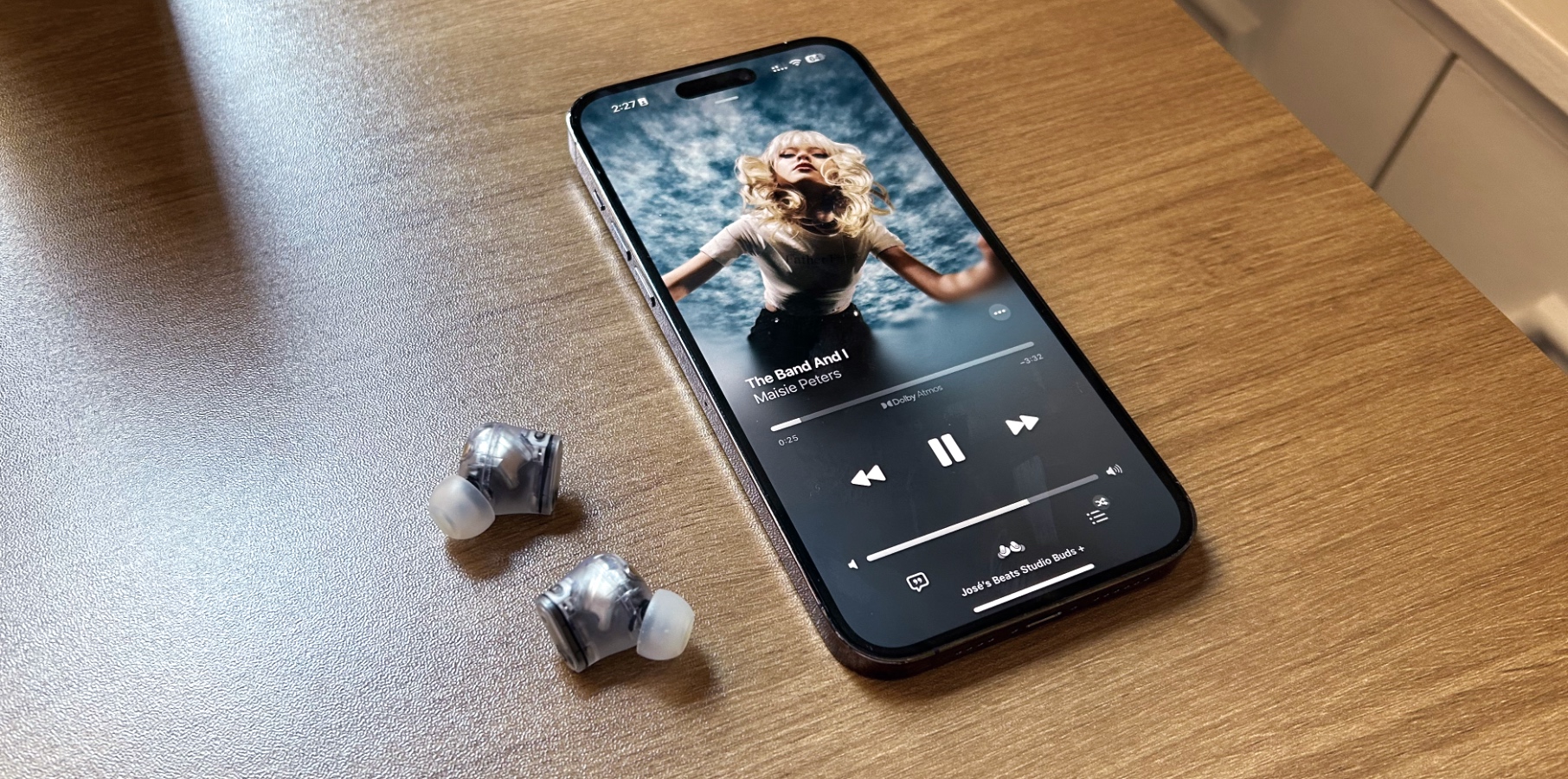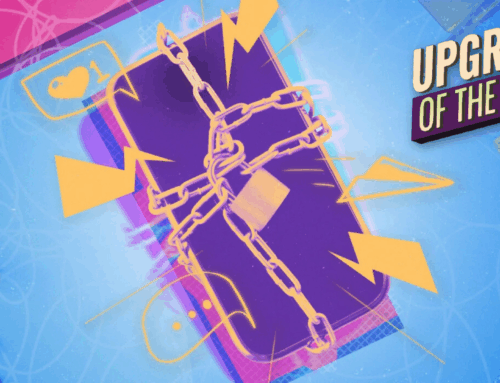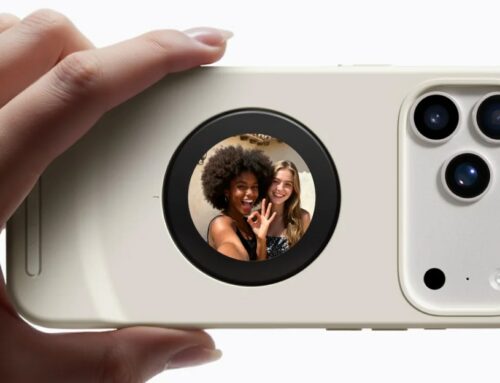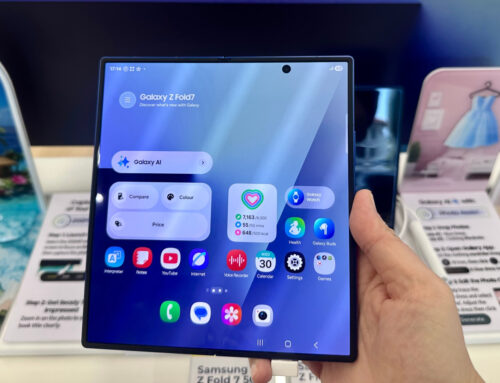You’ve probably experienced this on your iPhone or Android device, especially during hot summer days. The device tells you the temperature is too hot to operate, and it might not let you use it (iPhone) or restrict some apps (Android). Both iPhones and Androids get hot when charging, especially when you’re using them while they’re plugged in. Add environmental heat, and your iPhone battery will take a hit. So will an Android’s.
Tech. Entertainment. Science. Your inbox.
Sign up for the most interesting tech & entertainment news out there.
By signing up, I agree to the Terms of Use and have reviewed the Privacy Notice.
You might have suspected that heat could impact your battery, but The Wall Street Journal’s Joanna Stern came up with an experiment that reveals just how bad heat is for your iPhone or Android device and what you should do to avoid killing your battery health.
What’s a safe temperature for iPhone and Android?
The test The Wall Street Journal ran is pretty simple. They put an iPhone 13 Pro and a Galaxy S23 Ultra under a heat lamp you might find in a kitchen.
They found that it takes about 7 minutes for the iPhone 13 Pro and Galaxy S23 to issue excessive heat warnings. They reached 137ºF (58ºC) and 128ºF (53ºC), respectively. The iPhone won’t let you use it, while the Samsung phone starts closing apps automatically.
Recording video while under the heat lamp leads to even earlier warning messages.
That’s because iPhones and Androids work best in environments that are under 95ºF (35ºC). But heat also comes from the inside when the processor performs intensive tasks.
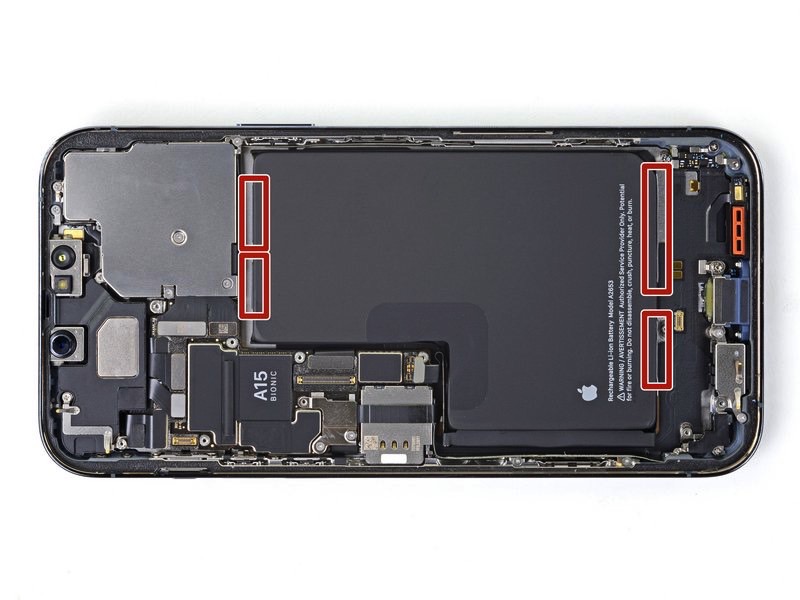
What happens to the battery?
Stern’s experiment also looked at what charging does. For example, fast charging slows as heat increases. It’s a software feature meant to protect against battery aging.
Regardless of the source of that extra heat, it’s not good for your battery. Heat speeds up chemical reactions, and as a result, the battery will die sooner. In other words, prolonged heat exposure leads to faster battery decay.
Heat is the number one enemy of a battery, whether it’s in a smartphone or a different battery-powered device. That’s according to every phone maker and battery expert the WSJ reporter spoke to.
Therefore, the worst thing you could do would be to use your iPhone or Android under the heat of the sun while it’s charging. You might think that would never happen, but there is at least one instance when you might charge your phone in sunlight: Driving around in the summer heat with navigation apps while the iPhone is connected to your car.
Sure, the AC will kick on and reduce the temperature. The point is that the Journal’s experiment could help you reduce the phone’s exposure to heat during the summer months.
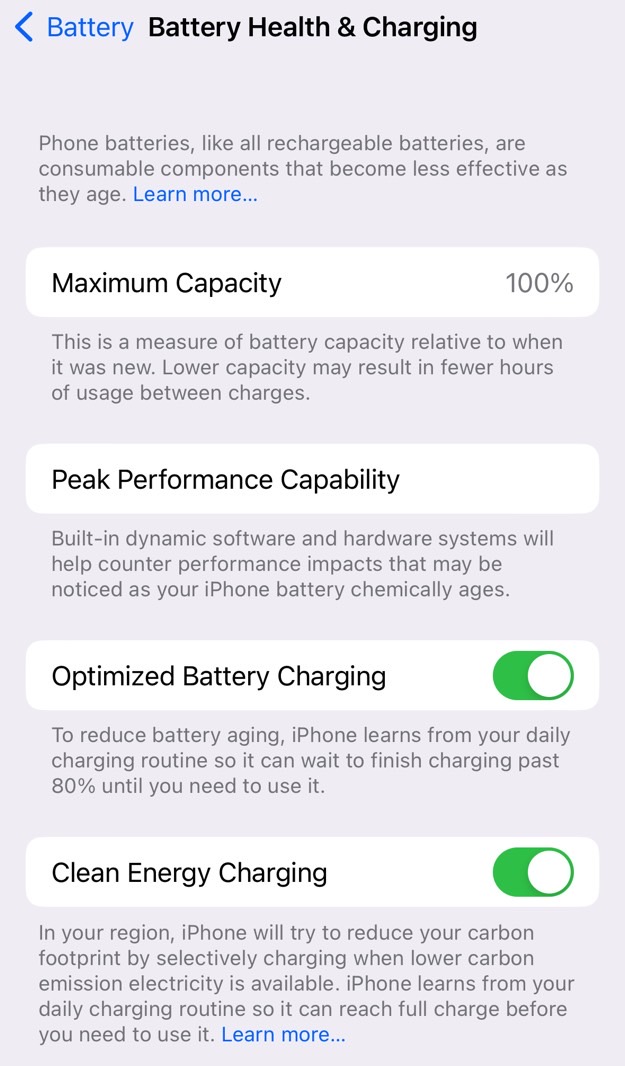
What can you do about it?
Stern offers a few tips for preventing exposure to extra heat in the video below, like using slow charging, especially during the hot summer days.
You can also remove the iPhone case when it’s charging. I’ll remind you that turning on Airplane mode will increase charging efficiency as well.
See the screenshot above from my iPhone 14 Pro. Battery Health is still at 100% after almost a year of use.
Everyone should have Optimized Battery Charging enabled to take better care of their phone’s battery. If you recharge the device overnight routinely, your iPhone will learn your schedule and stop charging once it reaches 80%. It’ll resume after a few hours, so you wake up with a full charge. Environmental temperatures are much lower at night too.
Alternatively, Stern demos a few thermal bags that can keep electronics cool during the summer. Using a phone fan to reduce the temperature is also an option.
In summation, paying attention to the heat your iPhone or Android is exposed to will be cheaper than paying for a new battery. Check out Stern’s video below:

